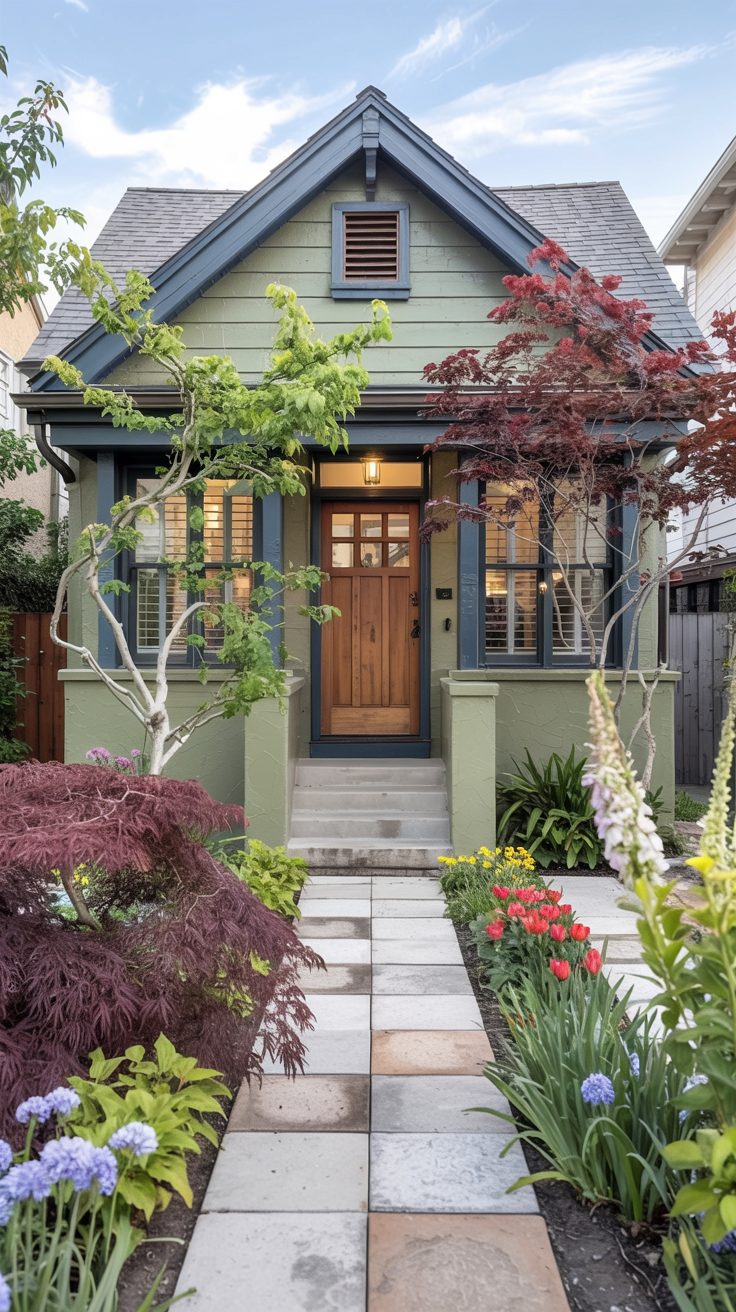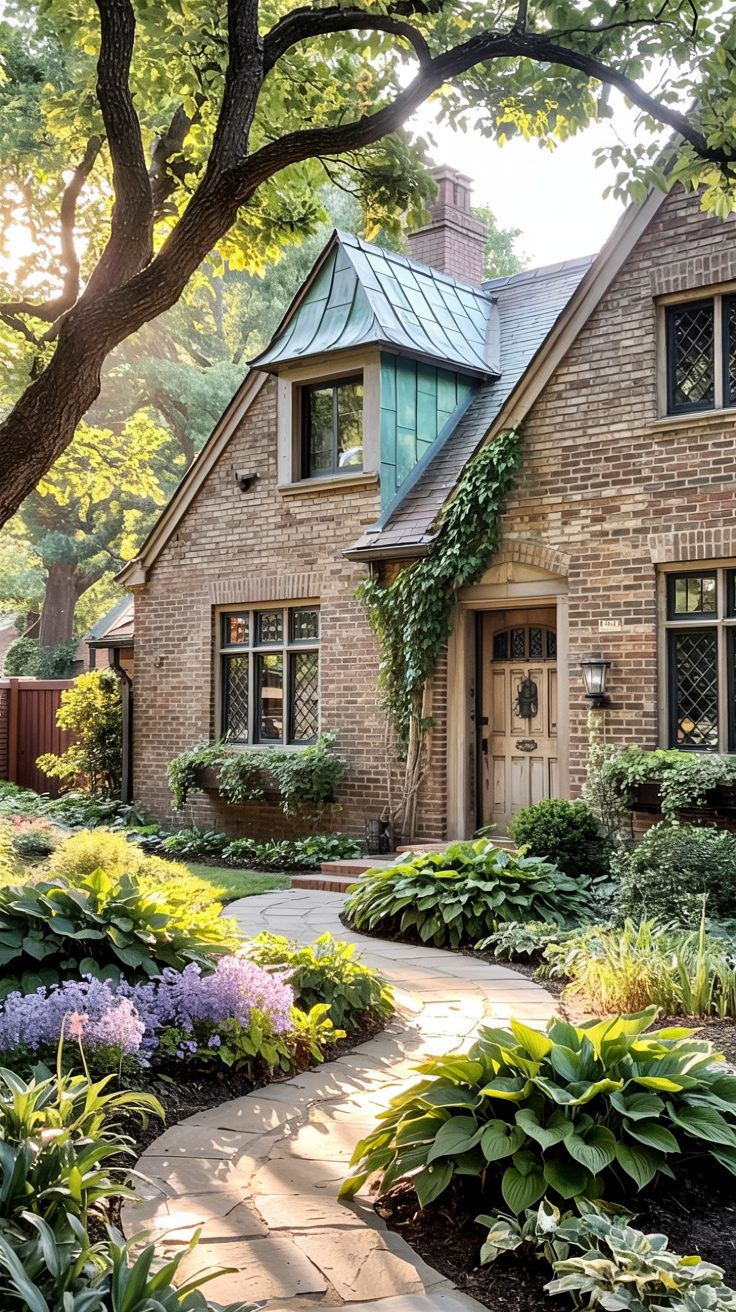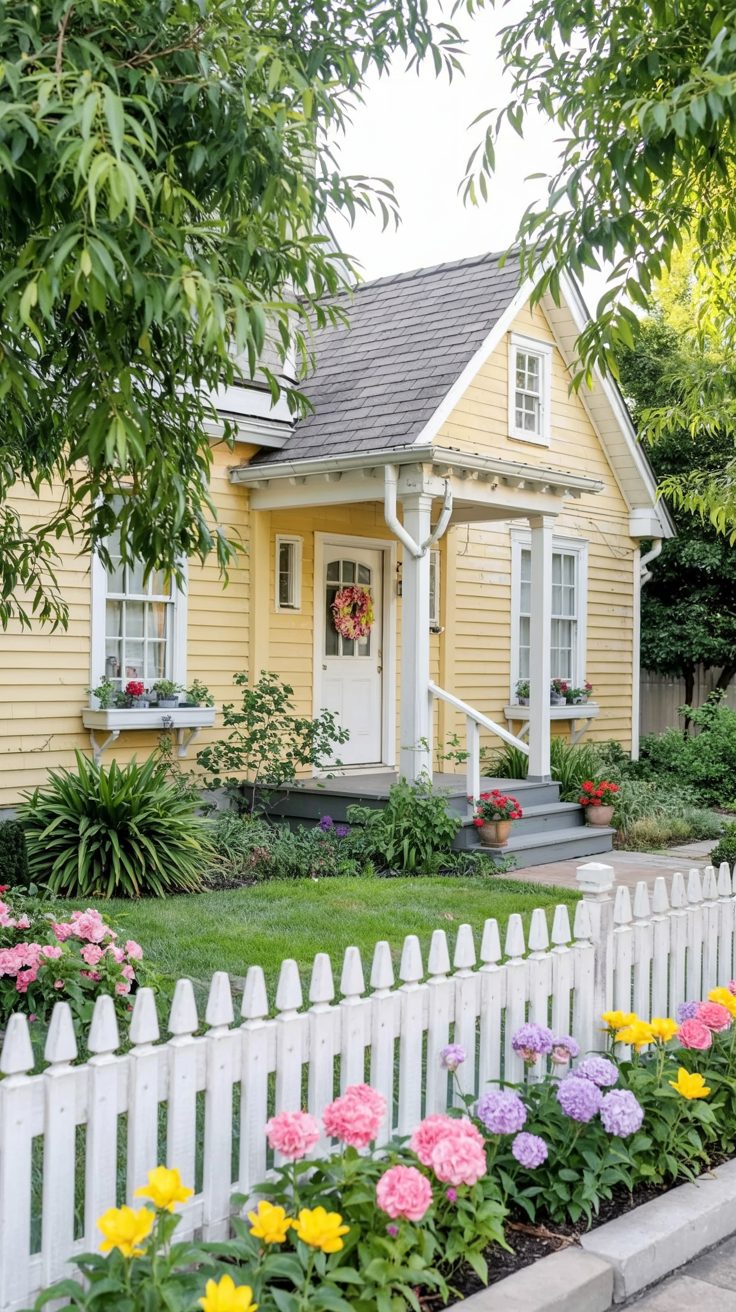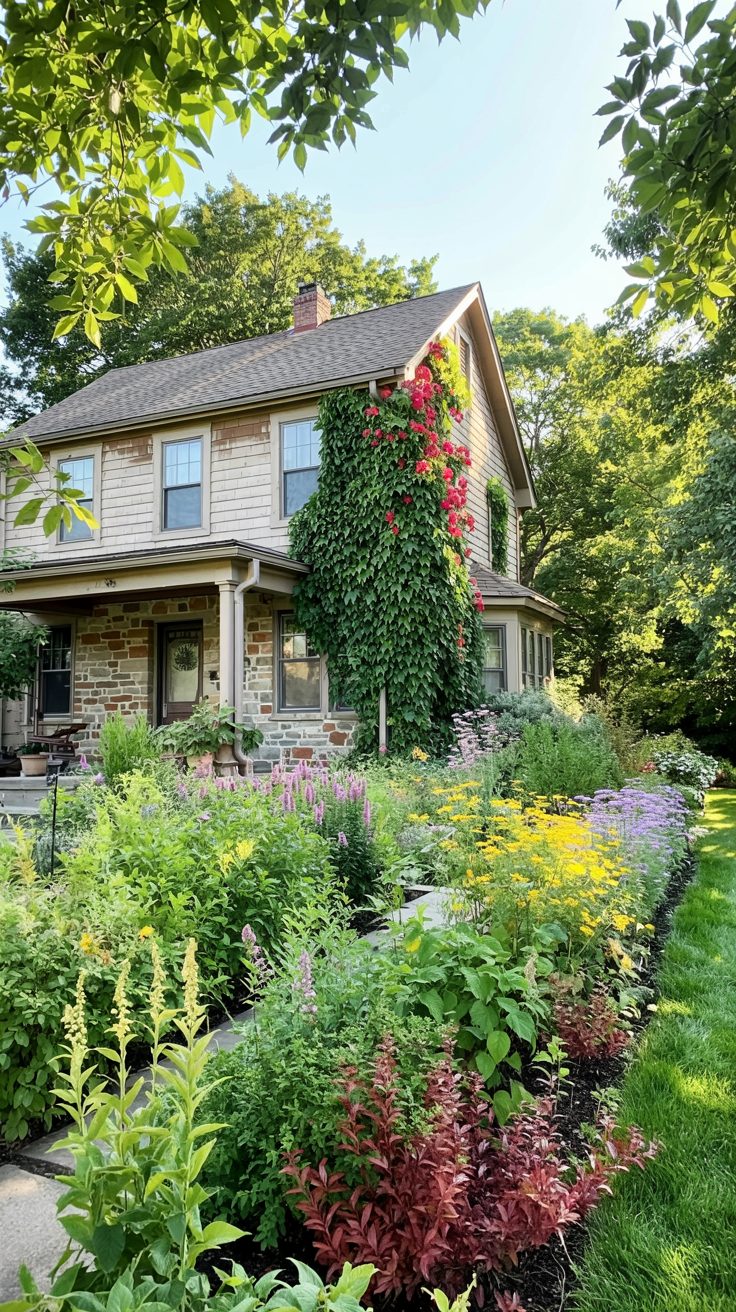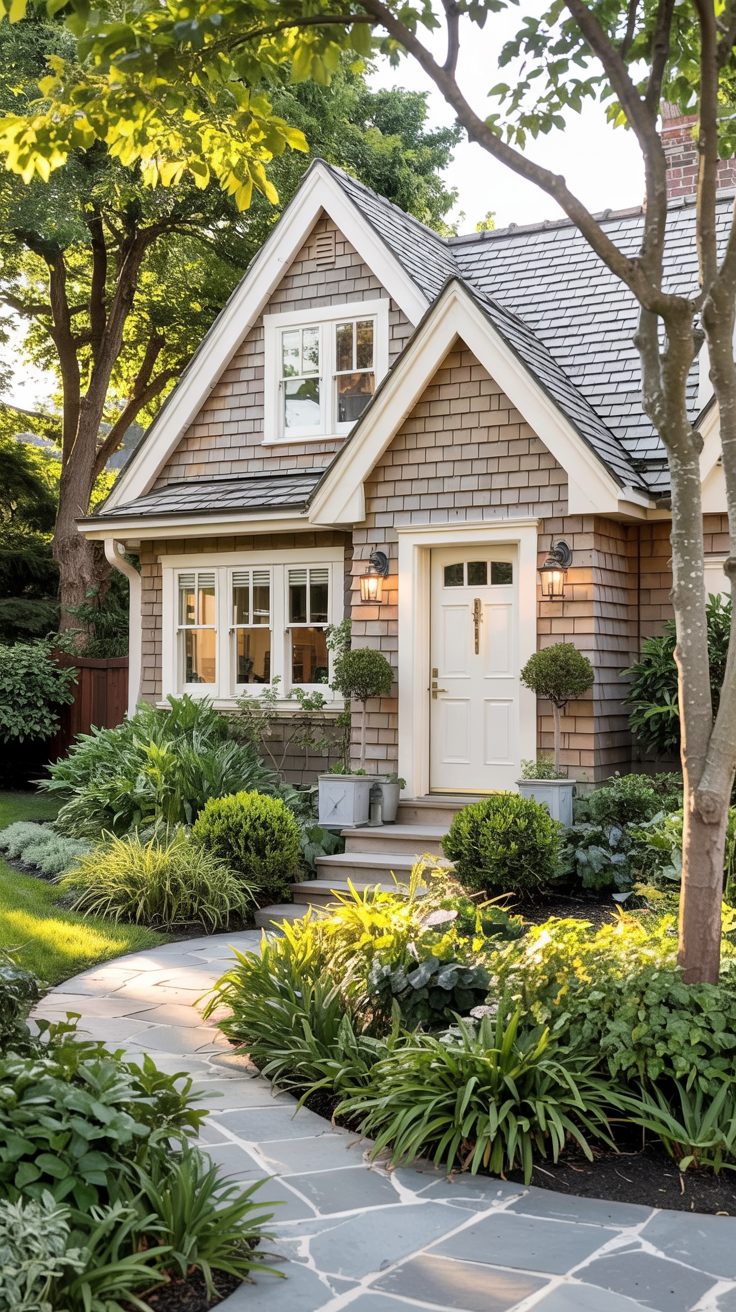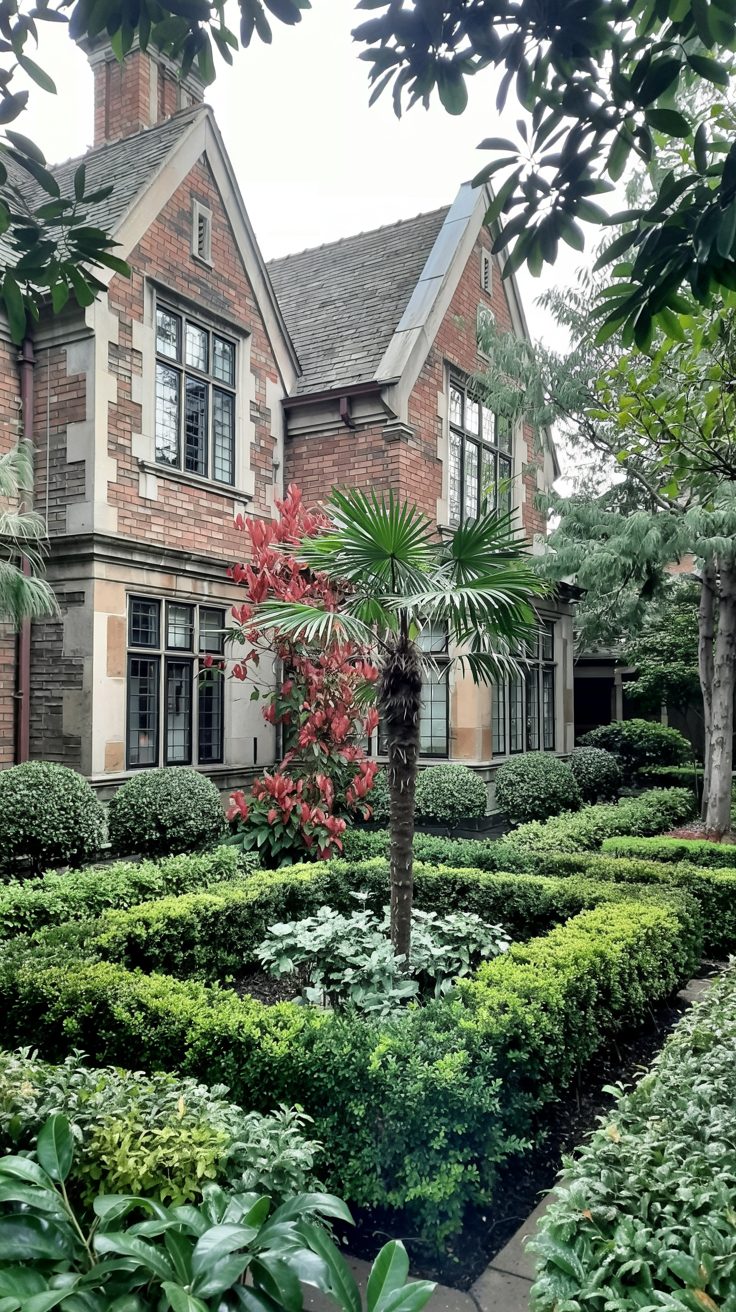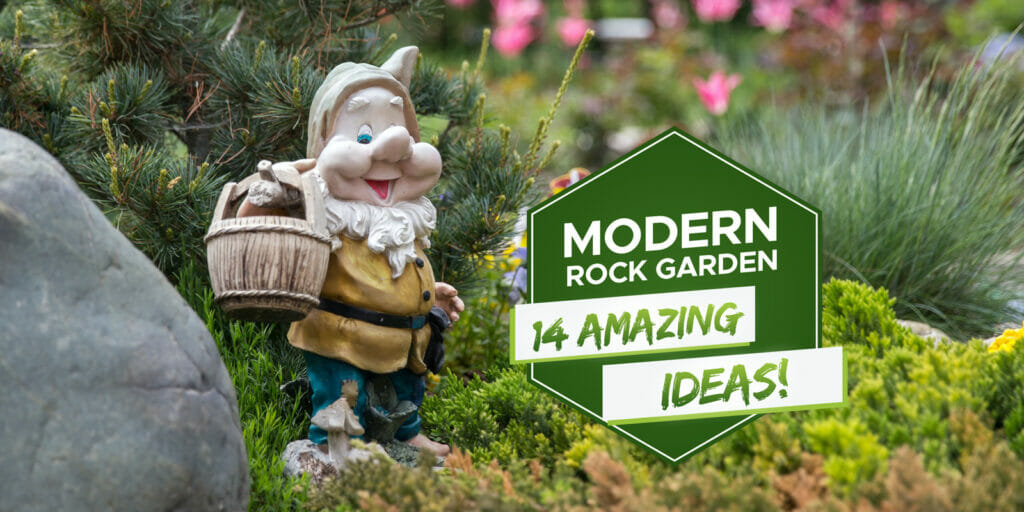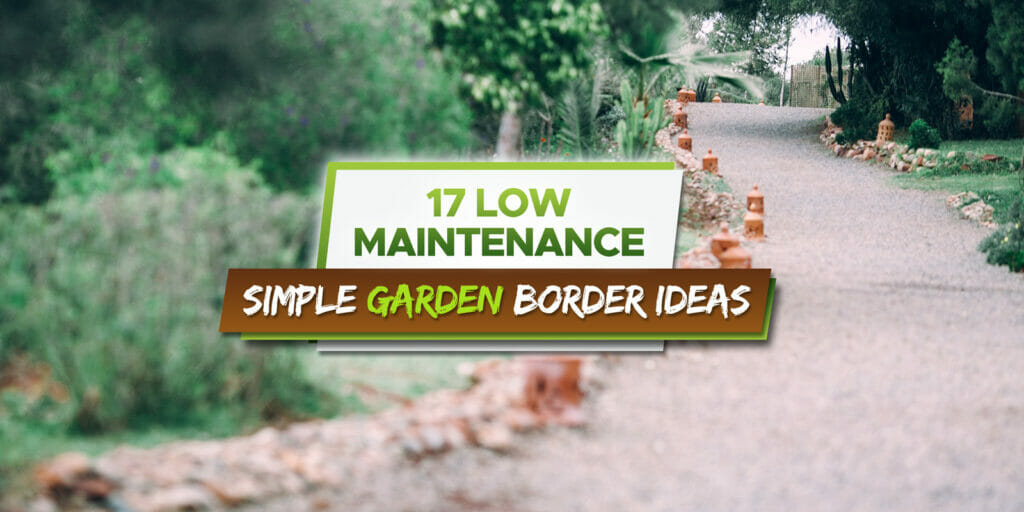Your home’s front yard serves as the first thing people notice about your property. A well-designed outdoor space can make your house more welcoming and boost its overall value.
You have many options when planning your front yard design. Simple foundation plantings work well for a classic look, while unique plants can create a modern feel. Colorful flower gardens also make beautiful focal points that catch the eye and create lasting impressions.
Take Your Garden to the Street Edge
That narrow strip between your sidewalk and street offers great potential for your landscape design. Many homeowners miss this chance to create a unified look across their entire front yard.
Benefits of curb planting:
- Creates visual flow from house to street
- Makes your yard appear larger
- Adds color and texture to bare areas
Use the same plants in both your main garden beds and the curb strip. This repetition ties everything together beautifully.
Before you start digging, contact your city hall about local rules. Some areas limit plant height or require distance from fire hydrants. These guidelines keep everyone safe while letting you beautify your neighborhood.
Embrace Cottage Style
Bright flowers bring warmth to your front yard. Choose vibrant colors like purple, pink, and yellow to make a strong impression.
Your small space can handle many different perennials:
- Roses for classic beauty
- Lavender for sweet scents
- Daisies for cheerful blooms
Beautify a Slope
Your hilly yard can become a stunning garden instead of a maintenance headache. Plant coverage across the entire slope eliminates weeding troubles while creating amazing curb appeal.
Plant combinations that work well:
- Groundcovers for base coverage
- Ornamental grasses for texture
- Evergreen shrubs for winter interest
- Annual flowers for seasonal color
- Perennial blooms for lasting beauty
This mixed approach gives you year-round visual interest without the hassle of mowing steep areas.
Follow Nature’s Lead
Choose plants that grow well in your area without much help. These local plants will thrive in your soil and weather conditions.
Benefits of native plants:
- Need less water
- Attract local wildlife
- Grow stronger and healthier
Add a birdbath or bird feeder to bring more life to your yard. You’ll enjoy watching colorful birds visit your space throughout the day.
Your neighbors will notice the butterflies and birds that come to visit your natural landscape.
Create an Elegant Appearance
You can build structure with neat boxwood hedges around colorful plants like caladium. Place matching topiaries on both sides of your entrance steps to highlight your home’s refined style.
Go Green in the Front Yard
Evergreen plants keep your landscape beautiful year-round. These hardy plants stay green through winter when other plants lose their leaves.
You can choose from many types:
- Ground-covering plants that spread low
- Small shrubs that stay compact
- Large trees for shade and height
Pick the right size for each spot in your yard. Check how big each plant will grow when mature. This prevents your yard from becoming too crowded later.
Create a Buffer
Fill your compact front space with medium-height plants to block unwanted street sounds. Mix different plant types to add visual interest through varied textures and colors.
Key Benefits:
- Reduces traffic noise
- Creates visual depth
- Makes small yards appear larger
Consider the view from inside your home while planning. Walk to each window and imagine how the plants will look from indoors. This approach helps you enjoy your garden from both inside and outside your house.
Accent With Containers
Potted plants bring bright colors to your front yard, even when most space is concrete or pavement. Large containers work best for this look.
Fill your pots with these options:
- Sweet-smelling flowers
- Green shrubs that stay leafy year-round
- Decorative plants like colorful cabbage
A drip watering system makes caring for your containers much easier.
Plant Symmetrically
Create matching plant arrangements on both sides of your front walkway for instant curb appeal. Choose the same plants and repeat them in identical patterns.
Simple symmetry tips:
- Place identical shrubs on each side of your entrance
- Use matching flower beds that mirror each other
- Keep plant heights and spacing consistent
This balanced approach makes your yard look organized and welcoming to visitors.
Match Your Home’s Style
Your landscaping works best when it flows with your house design. Think about the materials and colors on your home’s outside.
If you have wood siding, try adding wooden elements like fences or planters. Stone houses look great with rock gardens or stone pathways.
You can create a cohesive look by picking plants and materials that complement your home’s existing features.
Use Space Smartly
Your small front yard can showcase much more than basic shrubs and tiny grass patches. Layer different plant heights and shapes to create visual depth that draws the eye.
Pick one design element and use it throughout your space. This trick keeps everything looking planned instead of random. You’ll create a polished look that makes your small area feel bigger and more welcoming.
Highlight Your Home’s Entrance
Small ranch homes need extra help to stand out from the street. You can draw attention to your front door with simple landscape features.
An ornamental arbor creates a natural frame around your entrance. Choose materials like:
- Wood for a rustic look
- Metal for modern style
- Vinyl for low maintenance
Decorative fencing also marks your entry point. Short picket fences or garden gates guide visitors toward your door. These features make your home look bigger and more welcoming.
Flowering vines on arbors add color and height. Morning glories or clematis work well for seasonal blooms.
Soften Sharp Edges
Mix different plants around your modern home to make it feel more welcoming. Choose shrubs and trees with various textures that need little water. These plants will balance out harsh building lines and dark colors naturally.
Plant for Privacy
You can shield your home from street view using tall ornamental grasses or hedge plants. These green barriers block sight lines to your main living areas.
Best Privacy Plant Options:
- Arborvitae – narrow evergreen hedges
- Boxwood – dense, shapeable shrubs
- Holly – year-round coverage with berries
- Beech – thick foliage screening
Add colorful flowers in front of your privacy plants. Mix annual and perennial blooms for bright curb appeal all season long.
Replace the Lawn
You can swap grass for native plants and hardy flowers that grow close together. This wild-style look needs less work than regular lawns.
Benefits of going grass-free:
- No more weekly mowing
- Less water needed
- Attracts local wildlife
Plant different species in thick groups to copy how they grow in nature.
Combine Light with Bright
White picket fences create stunning backdrops for colorful flower displays. Plant flowers that bloom at different times so your garden stays bright from spring to summer. Add potted plants on porches for extra color.
Create a Tropical Vibe
You can bring warm weather feels to colder areas by mixing large-leafed plants with bright palm trees. Bold flowers in hot colors work great with hardy palms to make your yard look full and lush.
Consider these tropical elements:
- Big leaf plants for texture
- Colorful blooms in warm tones
- Cold-hardy palm varieties
Some plants need winter care like coverings during freezing weather.
Layer Shapes and Shades of Green
You can create visual interest by mixing round bushes with tall, thin grasses. This contrast helps each plant stand out instead of blending together.
Add shaped trees near your entrance to draw attention upward toward your front door. Green layers work best when you combine different textures and heights throughout your yard design.
Plant a Tapestry
Your home’s design gives you hints about what plants to choose. Look at your brick patterns, stone work, or siding details. These features can guide your plant choices.
Match your garden’s style to your house. If you have formal architecture, try neat hedges or structured plantings. For casual homes, choose loose, flowing plants.
Color matching works two ways:
- Same colors – Pick flowers that match your home’s paint or trim
- Opposite colors – Use the color wheel to find contrasting shades
Low hedges work well near porches and walkways. They create clean lines that copy your home’s shape. Boxwood stays green all year and needs little care.
Your landscape should feel like it belongs with your house, not like separate pieces.









